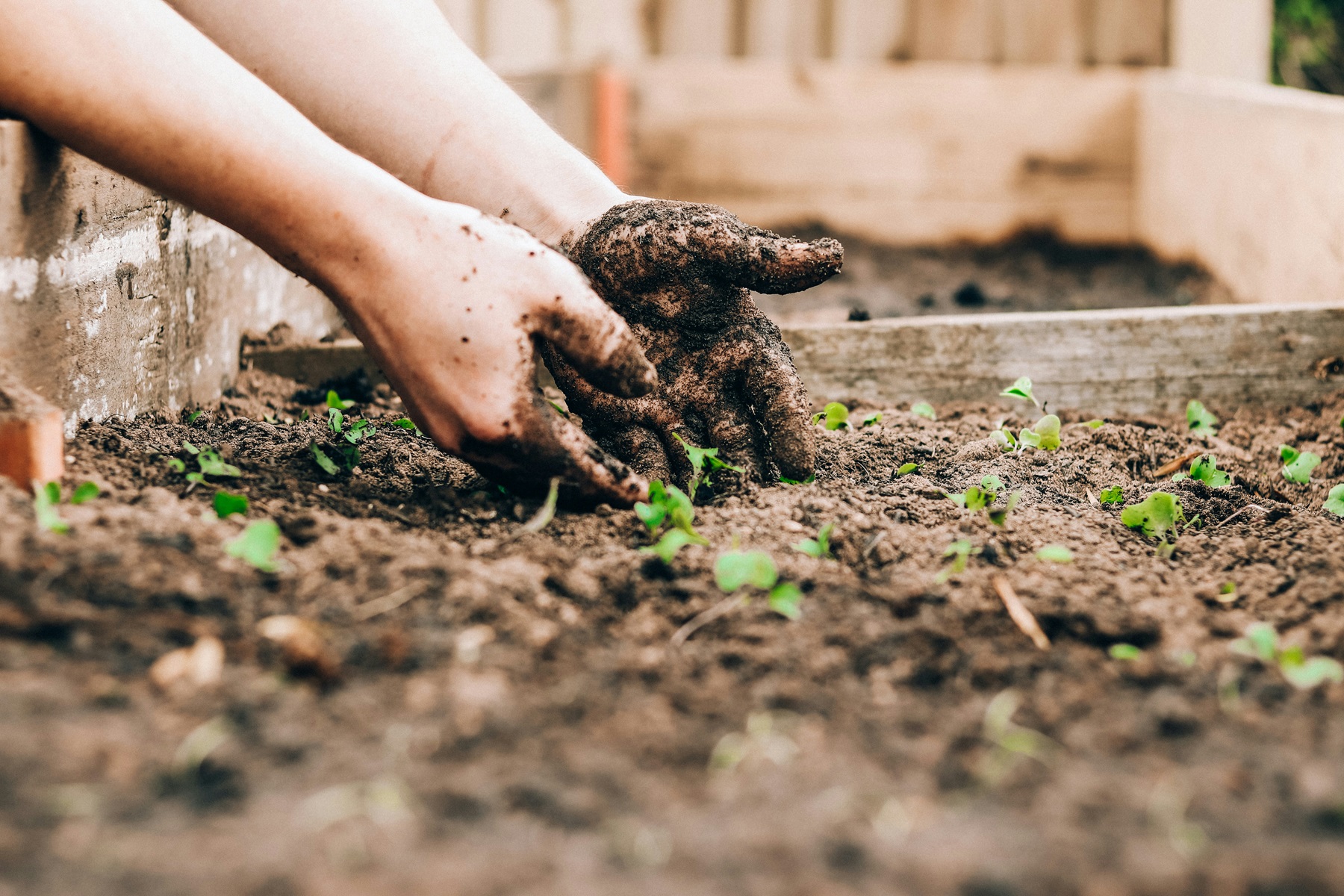Safeguarding your garden
Spring has sprung so quickly. What a wonderful time of the year it is for us who love to grow flowers. There is an abundance of blooms at this time of the year. New leaves, new shoots, new branches and fresh colour.

My garden is overflowing with Pansies, Snapdragons, Phlox, Lilies, Carnations, Lavender, Gerberas , Orchids, Cineraria, Ranunculus, Nasturtiums, Poppies, Fuschias, Lupins, Daisies, Calendulas, Bougainvilles, Daffodils, Hibiscus, Roses, Geraniums, Iris, Azaleas, Petunias and Tulips.
Now you might think I’m showing off and you are probably right in doing so. The actual point in naming all the flowers was to recognize which of these flowers are actually safe to grow in gardens where there are little children and little / big pets who have this wonderful ability to put anything and everything into their mouths without a second thought.
We just brought home two adopted puppies from an animal shelter. Our two senior dogs passed away at the age of 12 and 14 and the house got very quiet without loyal and noisy canine company. Ever since they set foot in my garden they have been on a rampage pulling at whatever is sticking out of the ground. My whole day goes in chasing them away from my plants because firstly I want to see them destroyed but more importantly I’m a little worried as to what they might munch on and consequences they might have to suffer. This has given me more reason to read, learn and watch out what I have planted and how I can safeguard my pups and more importantly my precious plants. I have just touched on this vast topic in this article keeping in mind the kind of flowers that most of us grow in our gardens here in Nepal.
First on the watch out list has to be my Azaleas. They along with Rhododendrons are beautiful flowering shrubs but if ingested, they can cause serious health problems to humans and pets. I have a huge task ahead in saving my bunch of Azaleas.
Daffodils were the early Spring bloomers and they are almost done blooming. While the flower parts themselves are not harmful, it is important to note that if your pet ingests the bulb of this flower, their chance of survival is near to none.
Lillies, gorgeous blooms and the vast variety that we grow in our gardens, almost all of them are dangerously toxic to people and animals. Infants studies have shown that almost all bulb plants are harmful to humans and animals if ingested. I will literally have to put up barriers for my Lillies before the pups come home. If you are planning to dig up your bulbs and plant them next season, label them and keep them far far away from everyone else.
Beautiful Geraniums, trustworthy blooms all year but sadly all parts of the flower are toxic to cats and dogs. Thankfully they are mildly safe for children.
So in brief the flowers that you should keep away or out of reach form your little kids and pets would be include Azaleas, Caladiums, Lantanas, Chrysanthemums, Daffodils, Hydrangeas, Begonia, Hyacinths, Irises, Jonquils, Morning Glories, Calla Lillies, Lupins, Foxgloves, Poppies, Larkspur, Poinsettias and Mistletoe berries and Periwinkles to name a few.
Thankfully there are plants and flowers that safe for both kids and pets and they are Fuchsias, Petunias, Roses, Pansies, Phlox, Hibiscus, Sunflowers, Calendulas, Gardenias, Geraniums, African Violets, Zinnias, Nasturtiums, Snap Dragons, Camellias, Orchids and Petunias.
These flowers and plants are relatively safe for humans and animals. Rose petals, pansies, sunflower petals and Marigold petals can all be eaten raw by people and pets as long as they have not been sprayed with insecticides.
We love to grow plants and flowers to add beauty to our gardens but we seldom think about how safe they are for our little ones and pets. While some plants will cause minor reactions like nausea and vomiting, some can bring on serious consequences so I kindly request you to please do proper research before reaching out to that gorgeous plant that you see on display. Keep in mind if you are sending flowers to someone who might have little kids or pets at home.
Lets us make our home environment safe for our little kids and pets.


